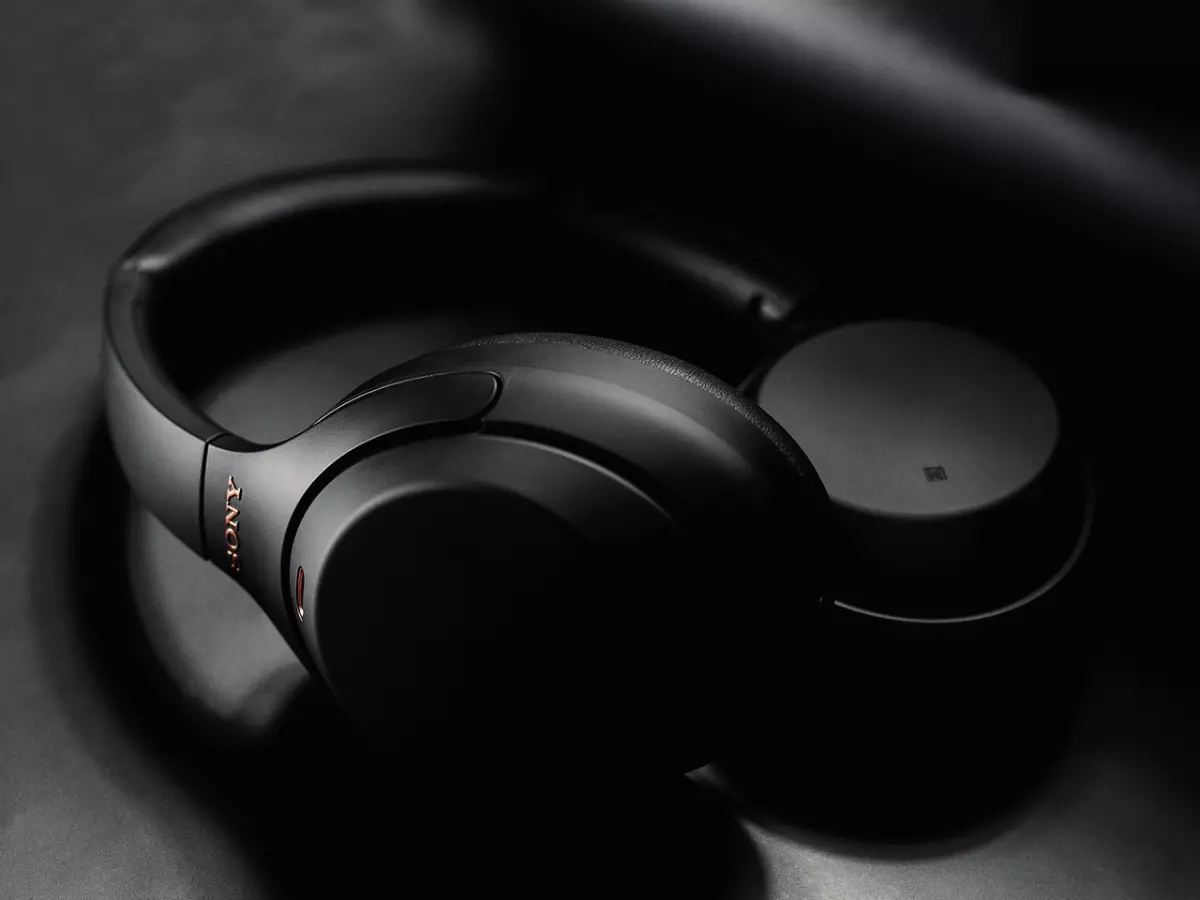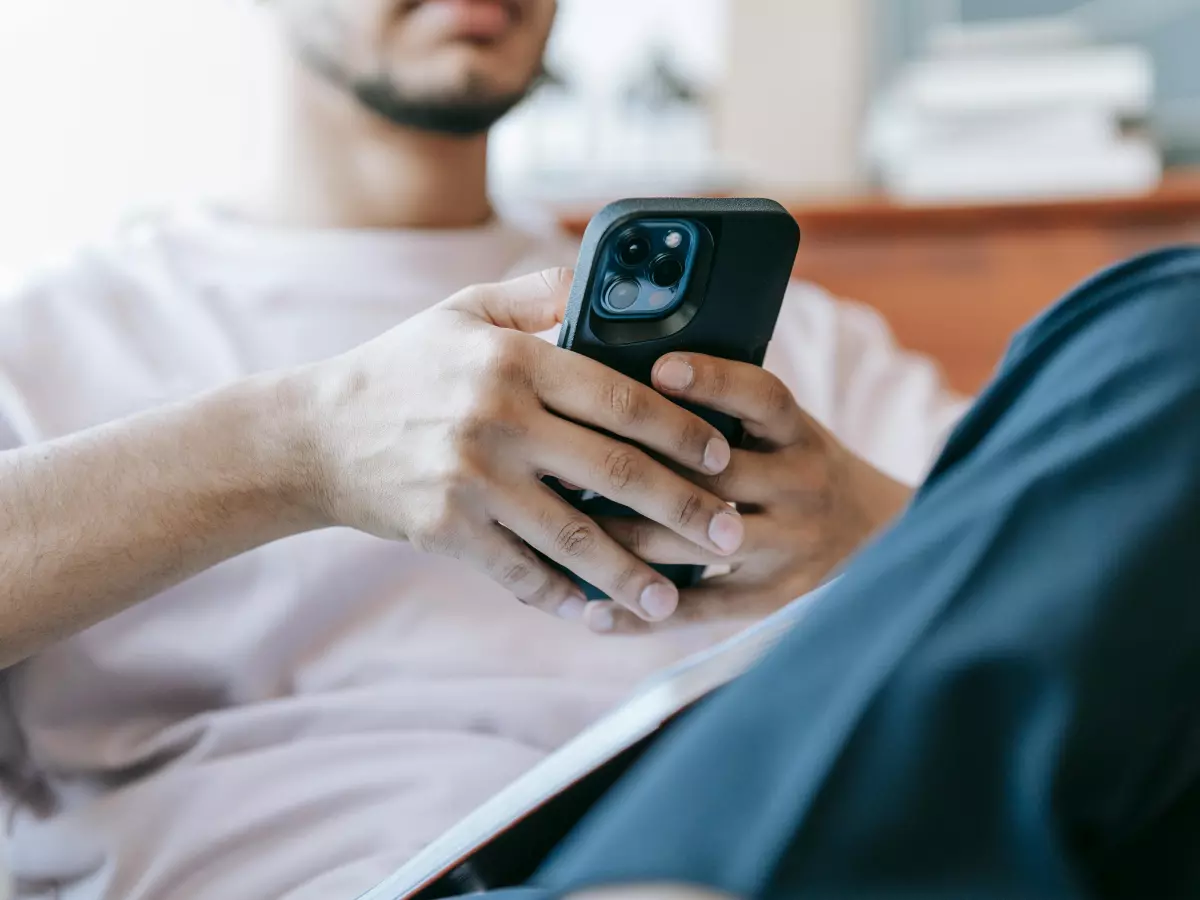Biometrics in Gadgets
Remember when unlocking your phone required a password or a PIN? It feels like a lifetime ago, but it wasn't that long. The rise of biometric technology in consumer gadgets has been nothing short of revolutionary, and it's only getting started.

By Isabella Ferraro
In 2021, the global biometric technology market was valued at over $36 billion, and it's projected to grow exponentially in the coming years. This surge is driven by the increasing demand for security, convenience, and personalization in consumer electronics. From smartphones to laptops, biometric sensors are becoming a standard feature. But what exactly is biometric technology, and how is it shaping the future of gadgets?
Biometrics refers to the measurement and statistical analysis of people's physical and behavioral characteristics. In the context of gadgets, this usually means fingerprint recognition, facial recognition, and even voice recognition. These technologies are being integrated into devices to offer a more seamless and secure user experience.
Fingerprint Sensors: The Pioneer of Biometric Gadgets
Fingerprint sensors were among the first biometric technologies to be widely adopted in consumer gadgets. Apple's introduction of Touch ID in 2013 was a game-changer, and soon after, other manufacturers followed suit. Today, fingerprint sensors are ubiquitous in smartphones, laptops, and even some smart home devices.
But fingerprint sensors have evolved. Early versions were prone to errors and could be easily fooled by things like dirt or moisture. Modern sensors, however, use advanced algorithms and machine learning to improve accuracy and speed. Some devices even use ultrasonic fingerprint sensors, which can capture a 3D image of your fingerprint, making it much harder to spoof.
Facial Recognition: The Next Frontier
While fingerprint sensors are still popular, facial recognition is quickly becoming the go-to biometric technology for many gadgets. Apple's Face ID, introduced with the iPhone X, set a new standard for facial recognition in consumer electronics. Unlike earlier facial recognition systems that relied on 2D images, Face ID uses a combination of infrared sensors and machine learning to create a detailed 3D map of your face.
Facial recognition offers several advantages over fingerprint sensors. For one, it's contactless, which is a big plus in a post-pandemic world where hygiene is a top concern. It's also faster and more convenient in many situations. However, it's not without its challenges. Lighting conditions, facial hair, and even wearing a mask can affect the accuracy of facial recognition systems. Despite these hurdles, the technology is improving rapidly, and it's likely to become even more prevalent in future gadgets.
Voice Recognition: The Dark Horse of Biometrics
While fingerprint and facial recognition get most of the attention, voice recognition is quietly making its way into more and more gadgets. Smart speakers like Amazon's Echo and Google Home already use voice recognition to identify different users and personalize responses. Some smartphones and laptops also offer voice-based authentication.
Voice recognition has the potential to be one of the most convenient forms of biometric authentication. After all, you don't need to touch anything or even look at your device. However, it's also one of the most challenging technologies to perfect. Background noise, accents, and even a sore throat can throw off voice recognition systems. But as natural language processing and AI continue to improve, voice recognition could become a major player in the biometric landscape.
Biometrics and Security: A Double-Edged Sword
One of the main reasons biometric technology has become so popular in consumer gadgets is its potential to enhance security. After all, it's much harder to steal someone's fingerprint or face than it is to guess their password. But biometrics aren't foolproof. Hackers have found ways to spoof fingerprint and facial recognition systems, and there's always the risk of biometric data being stolen or misused.
To mitigate these risks, many manufacturers are combining biometric authentication with other security measures, such as encryption and two-factor authentication. For example, some devices require both a fingerprint and a PIN to unlock. This multi-layered approach helps ensure that even if one form of authentication is compromised, the device remains secure.
The Future of Biometrics in Gadgets
So, what's next for biometric technology in consumer gadgets? One area that's generating a lot of buzz is behavioral biometrics. Instead of relying on physical characteristics like fingerprints or faces, behavioral biometrics analyze patterns in how you interact with your device. For example, your typing speed, the way you hold your phone, and even your walking gait could be used to authenticate you.
Another exciting development is the integration of biometrics with wearable devices. Smartwatches and fitness trackers are already capable of measuring things like heart rate and body temperature. In the future, these devices could use this data for biometric authentication, adding another layer of security to your gadgets.
As biometric technology continues to evolve, it's clear that it's here to stay. Whether it's unlocking your phone with a fingerprint, logging into your laptop with your face, or controlling your smart home with your voice, biometrics are making our gadgets more secure, convenient, and personalized than ever before.
In the end, the rise of biometrics in consumer electronics is a reflection of our growing desire for both security and convenience. As these technologies become more advanced, they will undoubtedly play an even bigger role in shaping the gadgets of the future.





